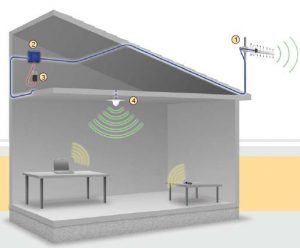

Our experience in ELV integration business has inspired us that the structured cable is the only one that needs to be installed to contend with the needs of telephone, data and video communications now and in the future. It is a system that provides a very “structured” approach to the entire cabling system—a single-mixed media network that handles all information traffic like voice, data, video, and even big complex building management systems. In brief, it could be described as a system that comprises a set of transmission products, applied with engineering design rules that allow the user to apply voice, data, and signals in a manner that maximizes data rates.
The advantages of Structured cabling are:
Consistency – A structured cabling systems means the same cabling systems for Data, voice and video.
Support for multi-vendor equipment – A standard-based cable system will support applications and hardware even with mix & match vendors.
Simplify moves/adds/changes – Structured cabling systems can support any changes within the systems.
Simplify troubleshooting – With structured cabling systems, problems are less likely to down the entire network, easier to isolate and easier to ix.
Support for future applications – Structured cabling system supports future applications like multimedia, video conferencing etc with little or no upgrade pain.